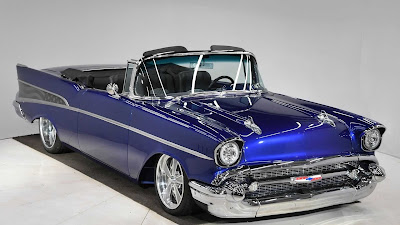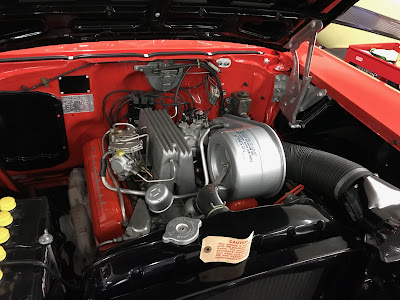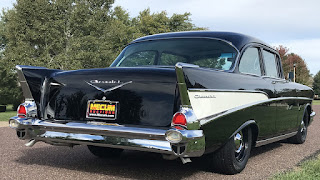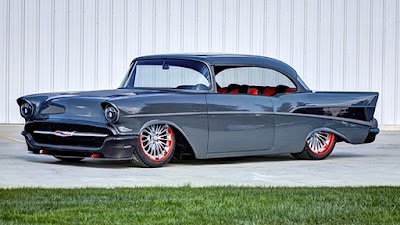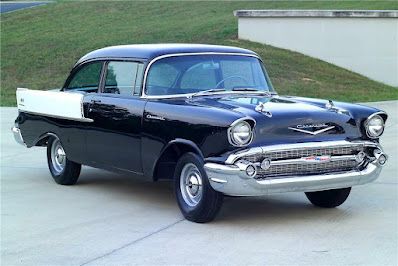A Movie That Emulates a Great Time in Car
History!
American Graffiti hosted a lot of great cars, a lot of great music, and a lot of great up-and-coming actors. I wasn't even a sparkle in my mom and dad's eyes in the generation the movie portrays, but I do know the importance of it.
I grew up in a family full of car enthusiasts. We all had our own vehicles and we worked together to build them and keep them running. I got my own street and track banger when I was 17, and boy it was fun.
This great movie shows the fun you can get into while enjoying cool vehicles and the little bit of trouble you can find with them.
Finding a place you can hang out with your buddies, finding out through the grapevine your closest competition has been doing some upgrades to his or her vehicle—of course, you have as well and you're trying to keep it a secret for your next possible opponent. The drama, the excitement, and the slight danger are all part of the appeal.
The Changing of a Car Cursing Generation
The car cruising scene is still out there it's just a lot different. Obviously, stricter laws, crazy young kids driving their Dad's car that is way too fast for them, too many people watching "Street Outlaws" and believing it, and true cruising music that has turned into stuff I don't even understand are just some elements that make that longer drive to the drag strip worth it.
My time of cruising and drag racing in an area of Detroit, MI that was notorious for cruising/drag racing culture was almost extinct a few years after I got involved. The atmosphere went from fun to stupidly dangerous.
What's Coming New Look for The Car Curing Scene?
A safer more responsible way for car guys to get together and enjoy the car culture. Here in Michigan, bar and grilles, coffee shops, and a lot of other sponsorships have joined together to host cruise nights across the state, and they start out early and end way before 4:00 AM in the morning.
Pretty much any day of the week, there are plenty of these mini-car cruises going on. Not to mention big ones on Saturday night that draw people from all around, and never to be forgotten, the world-famous Woodard Dream Cruise that happens every year.
What Happen to the Illeage Drag Racing Scene?
It's still around, it's just played out in much darker corners of the streets where fewer people will show up causing more complications than needed. That means fewer cell phone videos, fewer people making the spot look oddly too busy, fewer distractions, and faster getaways if the boys in blue show up.
"American Graffiti" The Grooming of Some Great Actors
You know a movie is legendary when many actors get their first big break with their roles and go on to have very successful careers. Actors like Suzan Sommers, Harrison Ford, Wolfman Jack, and many more Hollywood greats played in American Graffiti
.
A Great Movie for a Great Time in American History
Back in those days, cars were "Big, Bulky, and Beefy. They looked different from one another. In this current generation, you can take badges off of just about any vehicle and switch with another vehicle in their respective class and you wouldn't know the difference.
Camaro/Mustang
It's a "Monkey See, Monkey Do" automotive industry anymore.

